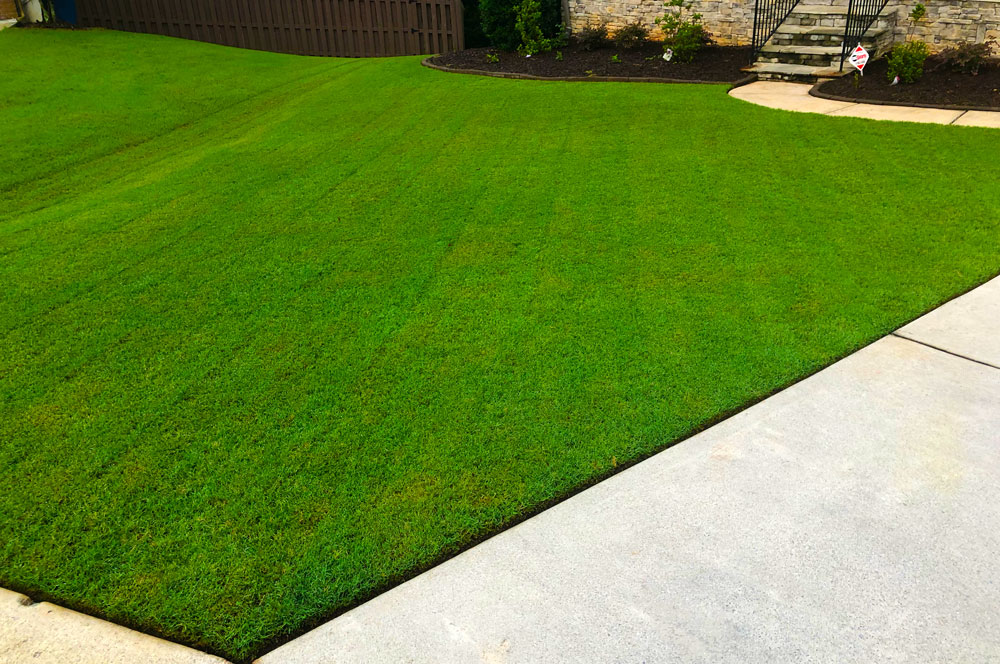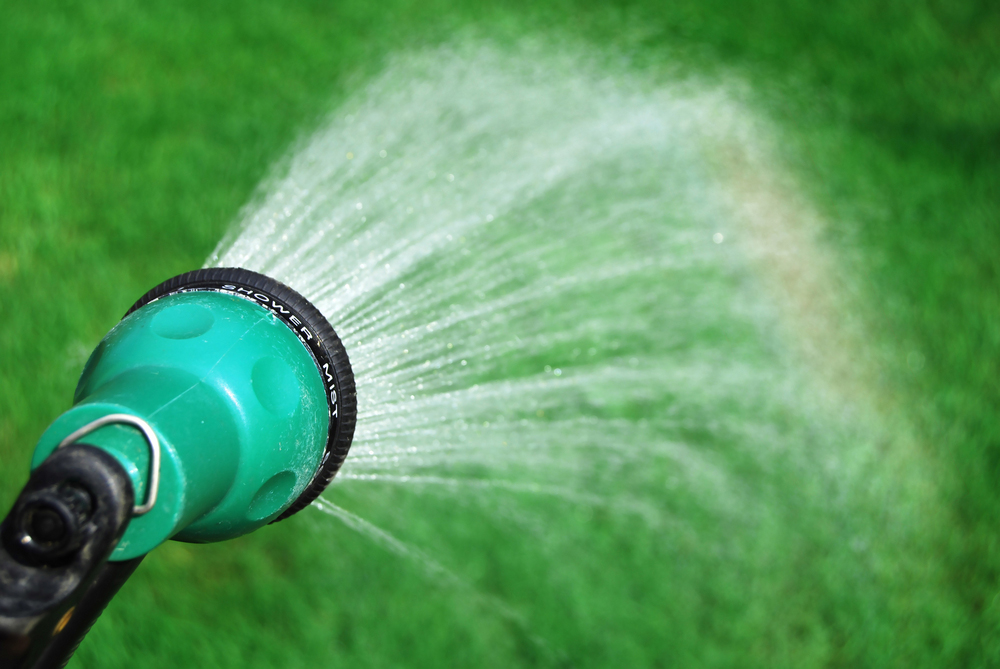In our fantastic state of Georgia, there are many more than just the four basic seasons. You have spring if you’re lucky, then summer, then mega summer, late summer, early fall, second summer, the middle fall, light winter, tundra winter, a couple more fall days, then maybe a snowstorm or two, and if things go back to normal (which doesn’t exist), you get spring again. That said, caring for the lawn in such fickle climates can be a fairly daunting task. However, if you can utilize the tripod that makes up lawn care, your lawn (and you!) can survive this wackiness.
When you become a homeowner there’s a certain sense of pride that comes with having a lawn that not only looks in shape, but is also green, level, and offers great curb appeal. Most people around northern metro Atlanta (the areas we serve), have bermudagrass. Many people have fescue, but the majority is Bermuda. While fescue stays green year-round, it also requires lots more water and a bit more maintenance to keep it weed-free. Zoysia, while beautiful if maintained properly needs more shade than its twinlike counterpart. Bermudagrass seemingly gives you a chance to relax, as it goes dormant for a few months and not only loses its chlorophyll but also pretty much quits growing. However, that doesn’t mean that you can just let it go. Lawn maintenance is an all-year task, but if done properly (and with patience) it can be super rewarding.
The First Leg – Maintenance
Though we list maintenance as the first leg, it doesn’t mean it’s any more important than the other two legs. With a tripod, if one leg fails, they all risk falling over. Maintaining your grass is fairly straightforward, but there are some elements that might need more attention. Mowing your lawn at the proper height is your homework. Find out how short (or tall) your grass should be for the specific time of year. You don’t want super-long Bermuda in the summer. If bermudagrass grows too long and gets cut during the hot months, you risk slicing off all the green. Bermuda is best cut short (.5″ to 2″). Though depending on the time of year, it can be a little longer. Keep in mind that the taller you keep your grass the more irrigation it will need (hint – that’s another leg of the tripod).
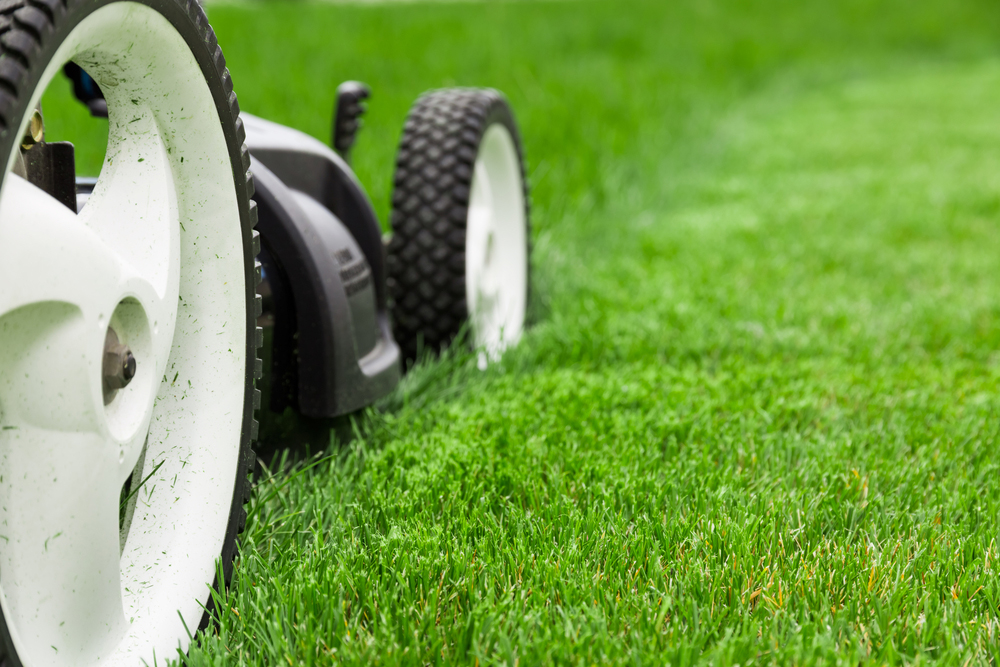
Aside from mowing, you want to leave some grass clippings, but you cannot let them build up. If the clippings from your lawn get too thick at the ground level, this causes thatch. A little thatch is fine – and even beneficial – but too much thatch can suffocate your grass and keep it from thriving. Your grass gets its nutrients like phosphorous, nitrogen, and potassium from the soil. If the layer of thatch is too thick, very few nutrients will be absorbed by the soil, essentially robbing your yard of food.
One more small thing you can do is remove (or have your kids remove) ALL debris and items from your yard. Sure, your children like to play outside just like all your friends’ kids in your neighborhood. The difference is, you’re going to start putting away bikes, Power Wheels, baseball gloves, and everything else that’s keeping your grass from being healthy. These items stifle your precious lawn’s ability to heal, increase soil compaction, and block the blessed sunlight. So, rake the leaves, have all the toys taken off the grass, and don’t asphyxiate your lawn!
The Second Leg – Professional Treatment
When we talk about professional treatment we don’t mean lying on a couch and talking about your childhood fears. We’re speaking of course about the treatment of your lawn by a professional lawn care company. Your lawn care company (in this case Perfectly Green Lawn Care) keeps lawns green and healthy and they do it well. There are eight applications of an annual treatment program:
- Rounds 1 and 2: Spring Pre-Emergent and Post – Like bananas, this one is high in potassium to help create a strong root system for the upcoming growing season. Plus post-emergent to control weeds.
- Round 3: High Nitrogen Fertilization w/Post-Emergent – The N is strong in this one. Liquid nitrogen is applied mid-spring to make your grass flourish. Plus post-emergent for weed control.
- Round 4: Early Summer Fertilization – Switching to the dry stuff, the granular fertilization is applied to keep the lawn coming in thick and green. Plus post-emergent to keep taming any straggling weeds.
- Rounds 5 and 6: Mid-Summer / Early Fall Fertilization – Strong like bull, these application rounds add iron to the mix since iron helps to promote greener grass for longer. While 5 adds more post-emergent to knock out any pesky weeds, 6 adds pre-emergent for fall-type weeds
- Round 7: Late Fall Treatment – Boring isn’t always bad, sometimes you have to stay in your lane. This application is for fall pre-emergent and post-emergent.
- Round 8: Lime pH Balance and Winterization Fertilization – Try saying that aloud a few times. The pelletized lime serves as a way to rebalance what wear-and-tear has tried to knock off-kilter.
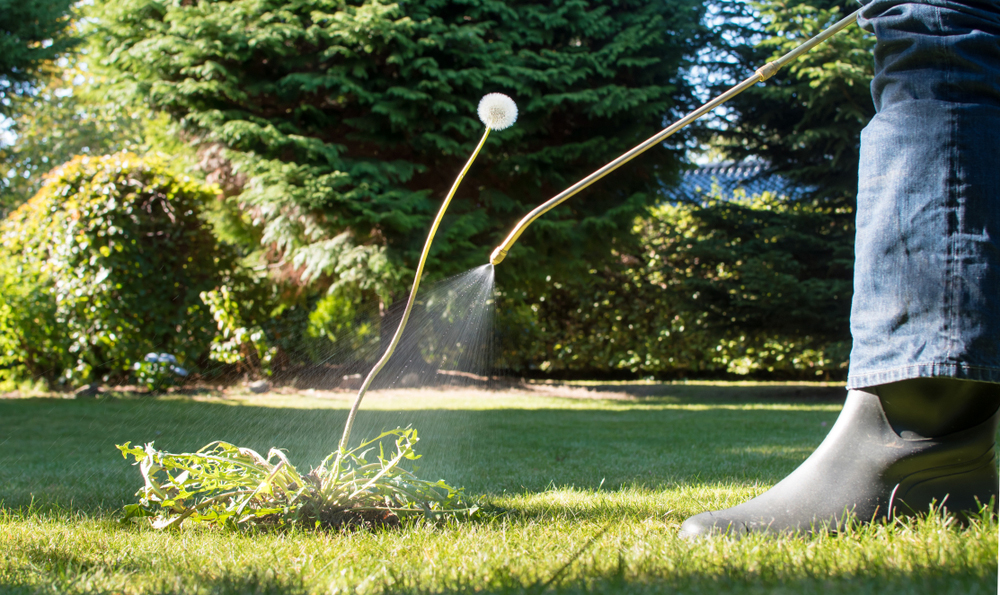
Out of the applications listed above, none are jarringly groundbreaking. However, combined they are an unstoppable force in keeping your lawn weed-free, green, and beautiful. If you don’t desire your grass to be any of these things you may stop reading now. On the contrary, if you’d like to get your lawn in Augusta National-type shape, give the team at Perfectly Green Lawn Care a chance. Stop spot-treating your lawn and trying to DIY everything. Certain homeowning elements are better left to the pros.
The Final Leg – Irrigation (watering)
It should go without saying, but it still needs to be said: Grass needs water to survive. Even the rough-and-tumble, mighty bermudagrass requires irrigation. How you want to water is up to you, but as a proud homeowner you need to make it happen! Though the grass won’t really die without water (it will look dead), it cannot and will not stay green unless properly hydrated. Is this easy? No. Is it hard? Eh, not really. Will I have to put in some work (and maybe some research)? Definitely. Your grass needs about 1″ to 1.5″ of rain per week to stay healthy and green. Unless you live in a utopian climate where you magically get one inch of water weekly, you’ll need to do a little legwork yourself to make this happen.
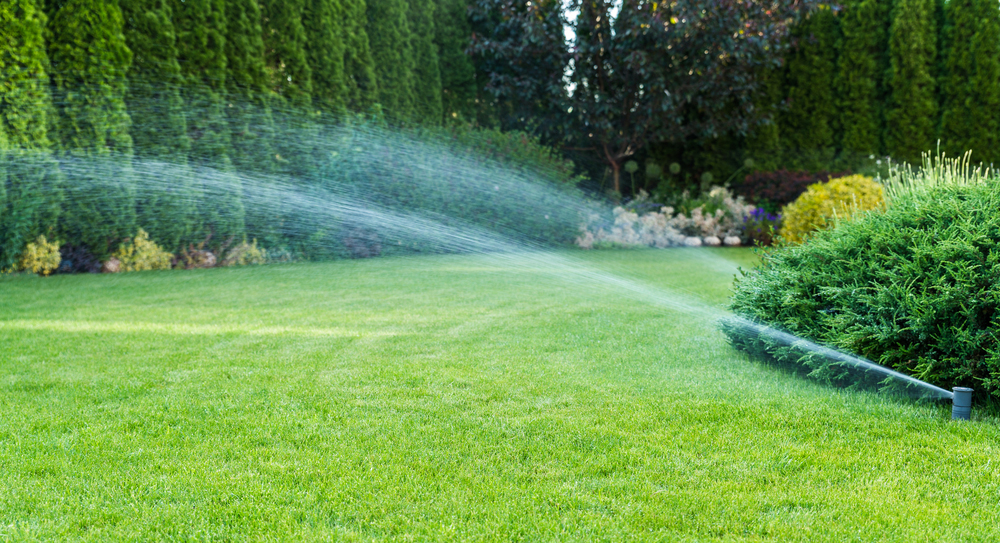
Have a built-in irrigation system? Use it! Many of the sprinkler systems today have rain sensors, so you can basically get the amount of water needed. The downside of sprinklers is they are pricey. Watering with a hose is a tried and true method of keeping your lawn hydrated. Get a 50′ or a 100′ garden hose (many manufactured today are kink-proof!) and a sprayer attachment. Spray evenly around the lawn for a few minutes daily. Preferably before noon so the grass is dry by evening. Wet lawns + nighttime = possible disease. One inch of water on a 1,000 square foot lawn is 620 gallons. Water isn’t terribly expensive, but the more you use it, the more expensive it gets. Keep an eye on the weather. Be cognizant of how much rain falls lately. You want to be smart when watering, but don’t want to water when it’s not necessary.
The main point of this leg of the tripod is that you water your lawn. Don’t take it too seriously, but also don’t be all willy-nilly about it. The watering of your lawn is something small that can make a big difference. Keep it hydrated and it will continue looking lush and that deep green you always love to see.
By adhering to these three steps, you can really make a difference in your lawn and your home’s curb appeal. Though it’s not the simplest thing in the world, it’s not rocket science, and a couple of hours a week can be the difference between Yard of The Month and the yard that people on Nextdoor are complaining about. At Perfectly Green Lawn Care, your lawn means more to us than just green. You are our families, our neighbors, and our network. If you have concerns about your lawn, fill out the contact form at the bottom of this page or give us a call at 770-831-6268.

